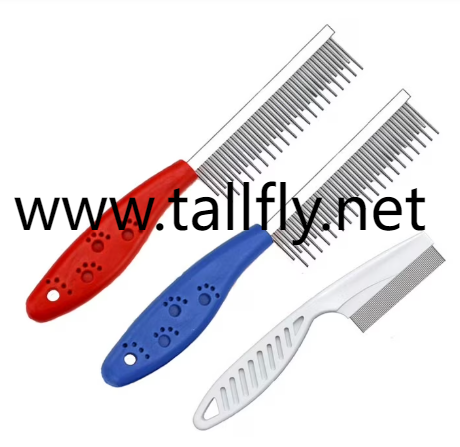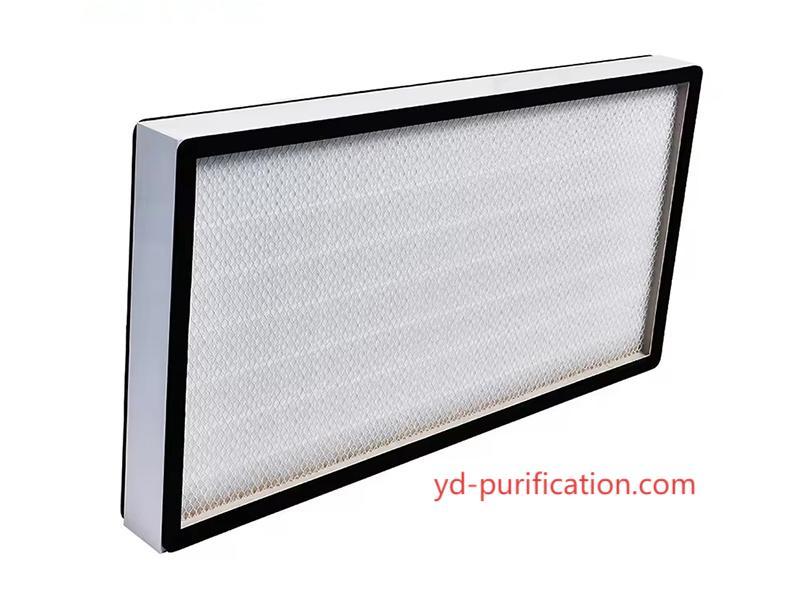Common Pitfalls With Pet Knot Untying Comb And How To Fix Them

What are the common mistakes when using a Pet Knot Untying Comb , and how can you avoid them to make grooming faster and kinder to your animal? As more people bring pets into busy homes and look for tools that save time without adding stress, the right technique matters as much as the tool itself. The Pet Knot Untying Comb is designed to ease tangles while protecting skin, but misuse turns a helpful device into a source of frustration. Below I break down the most frequent mistakes, explain why they matter, and give step by step fixes that blend practical technique with product-aware choices so you see clear benefits for both pet comfort and household routines.
Why do owners rush into combing without preparing the coat properly?
- Identify the error Owners often start combing immediately after play or a short brush. That approach ignores loose debris and tight clusters hidden near the skin.
- What happens next Rushing increases resistance and leads to pulling which can frighten a pet and damage hairs.
- How to correct it Always inspect and separate the coat into manageable sections. Use a detangling spray or gentle conditioning mist on stubborn patches and hold the base of a knot with one hand to protect skin while you work. This reduces struggle time and helps the comb glide through instead of snagging.
Why is using the wrong angle or force such a common problem?
- Identify the error When people apply downward force or try to speed through tangles, the comb teeth catch and the hair tightens.
- What happens next That creates the sensation of pulling which may cause a pet to flinch or resist, making subsequent grooming longer and more stressful.
- How to correct it Use short deliberate strokes and approach knots from the tip toward the skin while holding the mat's base gently. A lighter touch and gradual progression prevent sudden jerks, so sessions finish sooner and leave fur healthier.
Are you using the wrong tool for each coat area?
- Identify the error Many treat the coat like a single surface and use one tool everywhere. Delicate zones like ears, face, and inner legs need a different feel compared with dense back fur.
- What happens next Using a wide comb on delicate skin increases irritation and triggers squirming that adds time.
- How to correct it Match tool to area. Switch from a wide tooth approach for thick patches to finer teeth for sensitive zones. Tools built with safety edges and rounded tips reduce nicks while enabling you to work confidently and efficiently.
How does skipping short regular sessions create longer grooming sessions later?
- Identify the error Owners who only comb sporadically face bigger mats that require prolonged attention.
- What happens next Large mats take significantly more time and may need professional intervention which costs more and may mean shaving.
- How to correct it Make grooming a short daily habit. Small consistent investments in time stop knots from setting and multiply into fewer and shorter sessions overall.
Do cleaning and maintenance mistakes affect comb performance?
- Identify the error Letting fur and oils build up on the tool reduces effectiveness and increases snagging.
- What happens next A clogged comb drags and requires stronger pulls that can tug at sensitive skin.
- How to correct it After each use remove captured fur, soak the tool in warm soapy water when needed, and dry thoroughly. A clean, well maintained tool glides better and shortens grooming time.
What role does patience play and when should you seek help?
- Identify the error Pushing through resistance without breaks often escalates stress in the animal and in the handler.
- What happens next Frustration breeds more resistance and sessions lengthen. Severe cases of matting or pets with medical sensitivity benefit from professional attention sooner rather than later.
- How to correct it Work in short timed rounds, reward calm behavior, and call a trained groomer or a clinic if a mat is too close to skin or the pet is in pain. Knowing when to stop saves time and prevents injury.
How can choosing the right product cut grooming time and increase safety?
- Identify the error Buying generic tools without thinking about blade safety and handle ergonomics.
- What happens next Poor fit and dull edges slow you down and raise the risk of pulling.
- How to correct it Look for combs designed for gentle detangling with safe rounded blades and comfortable grip that let you maintain control with minimal pressure. A tool engineered for knot untying reduces sessions and makes each minute count.
Practical checklist for a quicker calmer groom
- Prepare the coat and area before you begin
- Work in small sections and hold the base of knots
- Use short strokes from tip to base not the reverse
- Match tool tooth spacing to coat density
- Keep the tool clean and check for dull edges
Apply this checklist and you will cut total grooming time while improving coat condition and pet cooperation.
If you want a tool that reflects these design and care principles look for models that emphasize safe blades and multifunction usability. For more details about a comb designed specifically to untie knots while minimizing pull and stress see the product page on Tallfly for specifications and care guidance.







